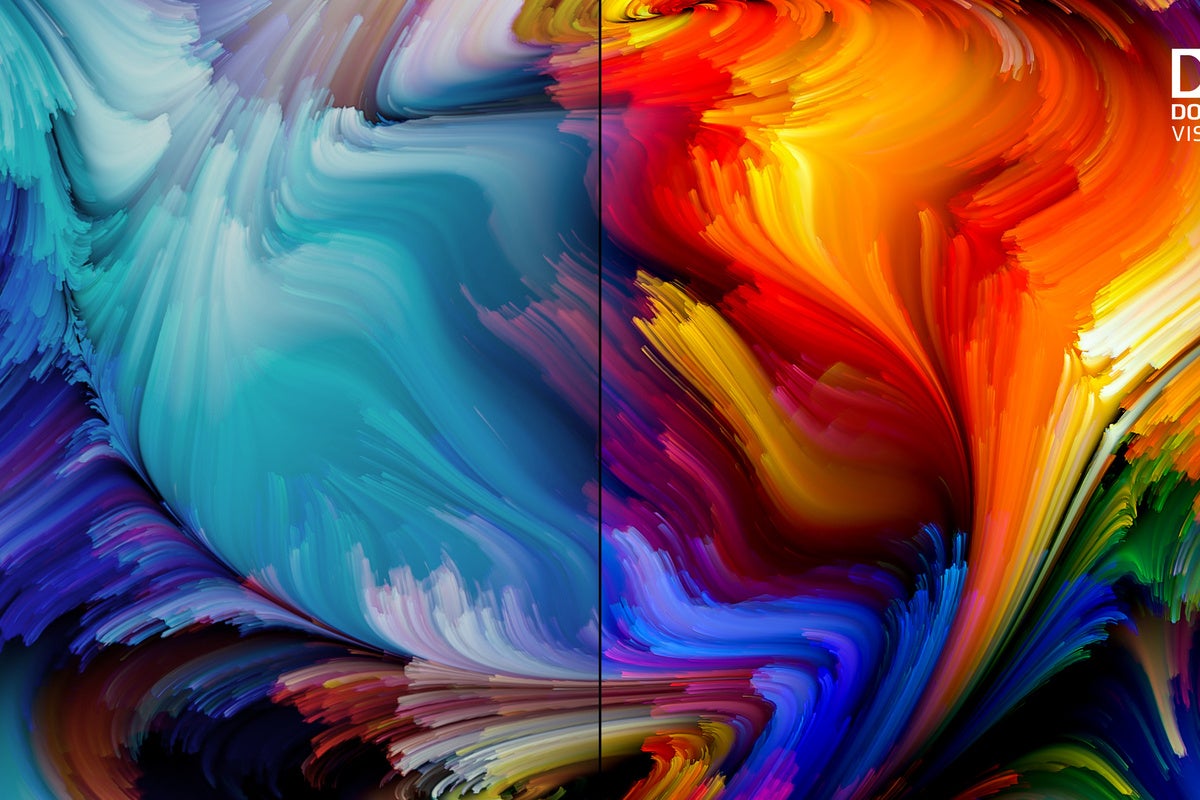
All that we hear nowadays is more and more of tech jargon that only add to the pile of existing non user friendly list. New addition to this list is the HDR10+ certification that is mainly a content viewing related certification. These certifications are just proofs that the content you view on your TV, Mobile, Tablet or any device meets certain quality. How many of you remember the last time you visited a theater and have seen the Dolby Vision or Dolby Audio Advert ? Dolby vision is one example of such certification. Basically, they provide means to the "content creators" ,a control of how they want their viewers to see their content. For quite some time, Dolby has been able to capture the attention of many of the theaters or streaming services like Netflix and Amazon and some of the smartphone manufacturers to support their product. The issue is the Royalties ! Yes, Dolby issues licenses to companies to use their standards and also provides assistance to them in setting it up. Now, we all know how everyone feels about royalties - who wants to give a share of their revenue to some one else ? In comes - HDR10+!
HDR 10+ is the successor of the already prominent HDR certification that's supported by most TV's or smartphones or Tablet PC's. HDR stands for High Dynamic Range. What this means - is ability to see different objects in the same scene with different levels of brightness/saturation/contrast/blacks/highlights,etc without loss of information. I'm sure you would have faced this issue when you would have tried to click pictures - where you are trying to focus on an object in the front and the background turns dark, but when you try to focus on the background the object turns dark right ? Isn't that annoying ? If you look at the image below, the inner beam structures are dark, but the outside building has high brightness and exposure. With HDR , this issue gets resolved as seen on the right hand side. Both the beam structures as well the building in the far are exposed appropriately while maintaining the details in both cases.
:max_bytes(150000):strip_icc()/lg-hdr-vs-sdr-ccc-5bbcdefac9e77c005113e258.jpg)
Now, that you know what HDR does to the picture, imagine the same for the Videos or movies formats. With Videos there's one issue though ! What is that one might wonder ? Don't worry I'm going to explain it !
With HDR in videos or movies, there's some static configurations that are applied to the entire video or movie. It's sort of like one fix for all kind of solution. Now, we all know that movie has a lot of different scenes and the viewing experience needs to be different for each scene. One cannot just apply the same brightness/contrast/exposure/blacks settings to every scene in the movie. That's where Dolby Vision had sort of an advantage over the HDR protocol. Remember the Game of Thrones Season 8 episodes where almost all the fans complained of them being very dark and almost like pitch black in some scenes

That's because HBO didn't probably shoot in either HDR or Dolby Vision. This of course the worst that can happen if Dynamic Range isn't adjusted properly in the video. Dolby Vision though provides an elegant solution - the reason why you feel quality of movie is better in theaters than in TV - extracts huge amount of royalties from the firms using it. HDR 10+ is a new certification started by Samsung, Panasonic and 20th Century Fox to provide a royalty free solution to this problem. The solution is pretty simple actually - they just provided a way to attach extra data on each frame or each scene in the movie that will tell the TV or the Smartphone when to increase the brightness, blacks and contrast and when to reduce the same. Simple right ?
The HDR 10+ has been adopted by a large set of manufacturers and Amazon Prime Video also has adopted this certification in its content. What's the difference between HDR10 and HDR10+ you ask ? Here's the difference you would see :


The difference is obviously drastic right ? As you can see, the brightness and dark regions have been adjusted as intended originally.
This video below (the Villaman) shows further difference between HDR10+ and Dolby Vision :
Most of Samsung and Panasonic 2019 4K TV ship with this features. Among the smartphone manufacturers - Samsung, OnePlus, Oppo, Vivo, Qualcomm, Mediatek,ARM, Broadcom, Realme are the prominent ones who have adopted this feature in their products. The latest OnePlus Q series TV have support for both HDR 10 and HDR 10+ at affordable prices.
So, the next time you are looking for any thing that has a display in it look out for the HDR10+ feature in the specs list ! Until then Stay Safe people!
Check out other interesting posts here :
Comments
Post a Comment